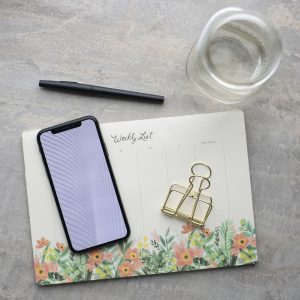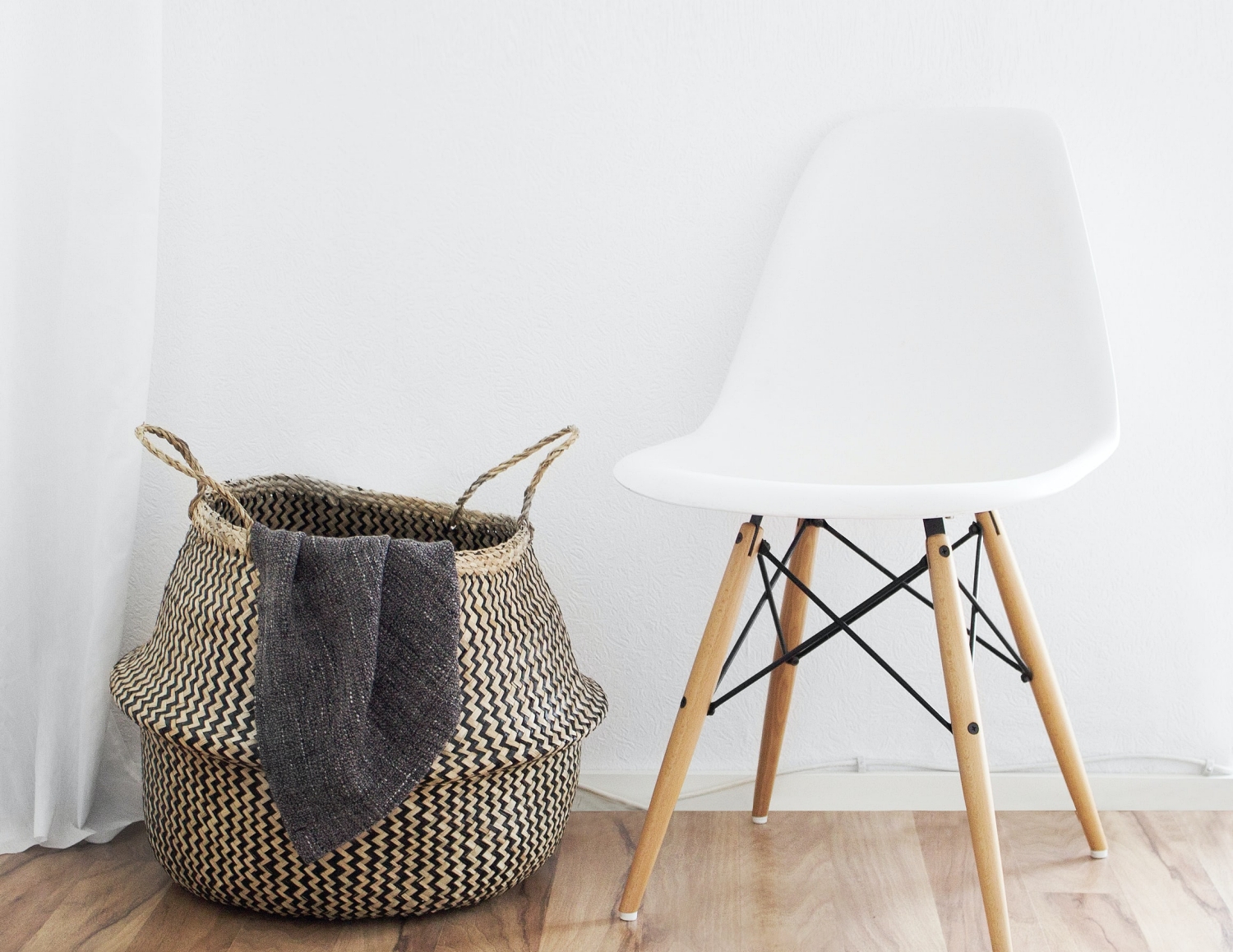When you imagine your ideal state of organization, do you picture one blissful day, followed by a slow decline to a state of chaos? Or, do you desire a set of systems that stand the test of time? True – organization isn’t a one time activity, as it takes daily attention, intention, and commitment to a new set of habits. And, it’s certainly normal (and smart) to make adjustments and tweak systems. But, it is also possible to maintain a general level of organization for the long haul. Let’s take a look at how to make it stick.
1. Commit to picking up.
There’s 2 rather obvious pieces to this, and I point them out not to be obnoxious, but to invite you to think about this for a minute. There’s 1. commitment, and 2. the act of picking up. Our days consist of using the things we own…playing with toys, preparing food, wearing clothes – you get the idea. And, the partner activity to using is picking up/cleaning up/putting away after the use. Put the toys back where they belong, clean up the kitchen, put the laundry piles away, etc.
If we want to maintain organization, we need the commitment (via a habit, eventually, and initially, the awareness of a lack of this habit) and the act of following through on that commitment. Why is this hard? Well, picking up isn’t as fun as the “use” part. And, we tend to move quickly from one thing to the next – multi tasking and being pulled in many different directions, making timely follow through challenging. Also, we may live with other humans, who may not have a habit of picking up. Thus the compounding ensues. The remainder of the below list addresses these…



2. Everyone does their part.
What does doing “their part” mean? Well, this is partly age dependent. But, even someone as young as 1 or 2 can participate – by carrying an item of clothing into a laundry basket. Yes, of course, you can do it faster. Yes, of course it will take loads of patience. But, it will be worth it in the long run!
If kids are creating most of the messes, that’s ok! They’re kids! BUT…they can clean up. If they know they can’t move on to the next fun thing until the previous fun thing is cleaned up, they will do it! This is going to take some strong expectation setting and repeated reminders, consistency and follow through. But, I always say, if they can do it at school, they can do it at home!



3. Regulate what is in your home.
Not just regulate, but be vigilant and intentional. If something comes in, something goes out. Any other scenario will, mathematically, result in accumulation – more to find a home for, to pick up, to clean, maintain. You get the picture. This isn’t to say you should never get something new. Just be intentional, so that what comes in is something you really want, will use, and that you have room for.
4. Let your systems work for you.
When you allocated 1 shelf to your paper goods purchases, that worked great for awhile. But, then you saw some on sale and bought out the store. The problem is you already had a full shelf, so you have nowhere to put the new purchases, and your system is no longer working for you. You overtaxed the system, so it can’t do its job. So, either permanently allocate more than 1 shelf to paper goods or don’t purchase something until you have room for it.
Let the system act as your trigger for when you need to purchase more. That’s largely why I’m such a big fan of visibility and clear containers, particularly in the kitchen. When we see what we have, we know when we’re running and low and can add that item to the grocery list.
5. Make adjustments.
Your home is dynamic – things come in and go out, people use things, seasons, needs, and preferences change. So, adjust those organizational systems accordingly. If you thought decanting snacks sounded like a good idea a couple months ago, but realistically, you’re just not committed to the upkeep after every grocery run, adjust! Get a big basket, label it snacks, then put those chips and cracker packages right in there! It will still look nice, but it will be a better fit for you and your family.
6. Employ daily habits.



It’s so much easier to stay organized with little bits of time here and there throughout the day to stay on top of things. Examples include handling mail daily, picking up the kitchen before bed, having kids pick up toys regularly, putting laundry away, and relocating items from room to room as you move throughout your house.
7. Ask for help.
I have multiple clients who are repeat clients. That doesn’t mean the initial visits failed. It just means things get out of sorts after awhile, and need to be reset periodically. That flexibility in systems (#5 above) plays in, as categories get added and subtracted, labels get adjusted, and things get overall tweaked. It’s a great step to demonstrate commitment to maintaining organization for the long haul. And, that’s the goal, after all!

